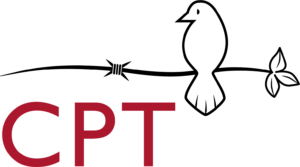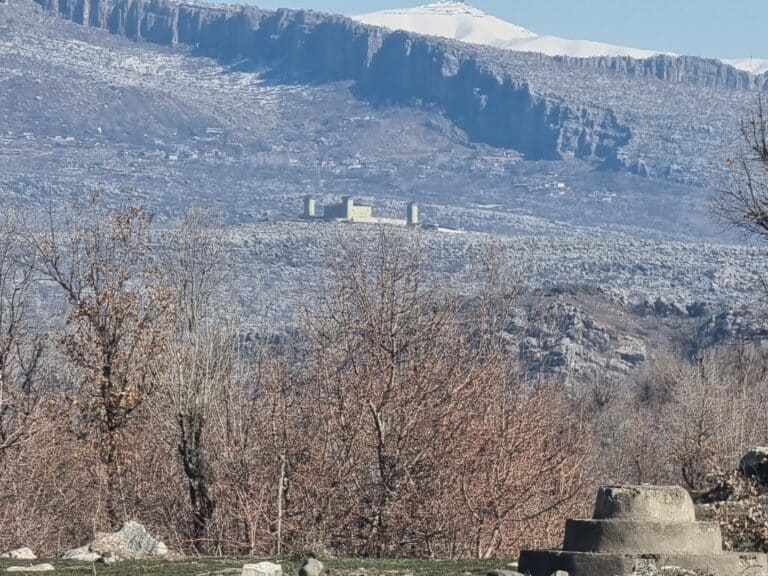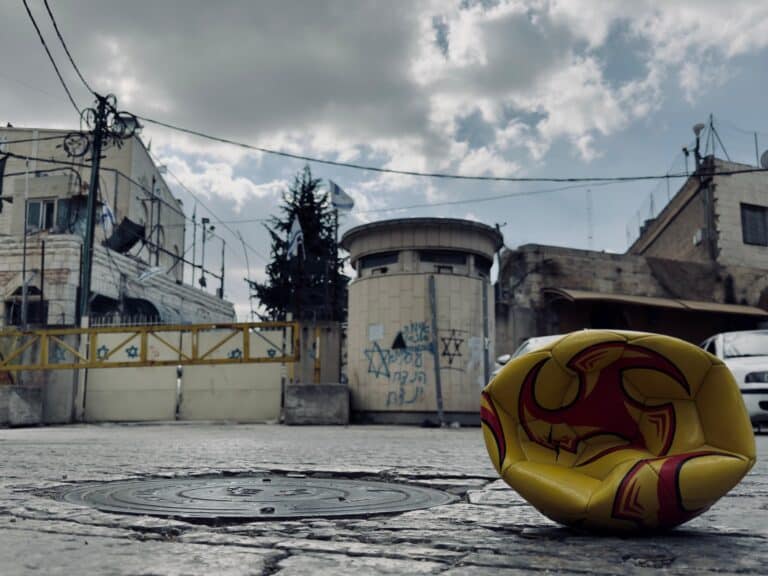Nonviolence is often criticized as an undoable ideal. Some ask, “Can the hungry go on a hunger strike?” These are the questions those of us who advocate for nonviolence need to ponder; they challenge us. At CPT, we have been very clear that our privilege does not allow us to tell the oppressed how to resist. We must acknowledge that nonviolence is not a perfect solution, and it is based, like those who choose armed resistance, on understanding the oppressive power dynamics in a given situation. Arundhati Roy argues, “Nonviolence is a piece of theatre. You need an audience. What can you do when you have no audience?” When we choose nonviolence, we understand the power of theatre and audience.
This is the line we try to straddle: the line that recognizes our position of privilege and the tactic that gives a practitioner of nonviolence the audience they need. The history of CPT has always been about bringing people to places to be witnesses in solidarity with those resisting oppression.
For the nine years I spent as part of the Colombia team, one refrain I always heard was our partners’ gratefulness that we were present. Yes, on the one hand, it was the gratitude for the partnership and friendships we had built, but on the other, it was an appreciation that unarmed civilian accompaniment drew an audience that made it possible for their embodiment of nonviolence. This is the beauty and power of solidarity.
Nonviolence stretches our imaginations to the impossible and improbable; it’s like saying, yes, the hungry can go on a hunger strike when we have strength in solidarity.
As we start this year, I invite you to join a CPT delegation to experience our on the ground experiment in nonviolence. Delegations like these not only allow you to see nonviolence in action but also take part in building an audience.





